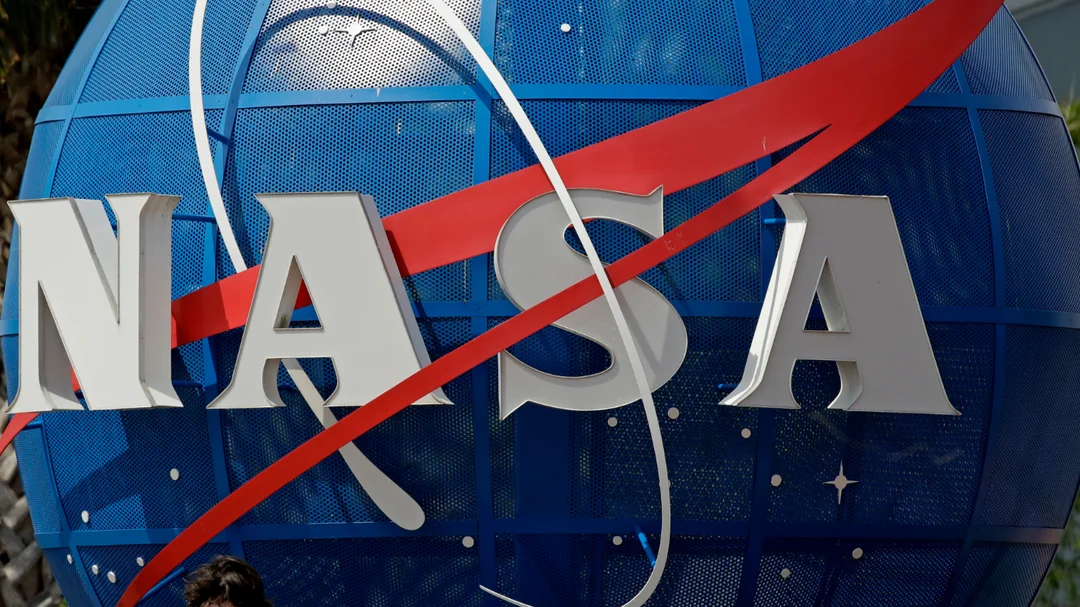
NASA Faces Budget Cuts: ISS Crew Size and Research at Risk Amidst Artemis Program Push
NASA is facing significant budget pressures that could impact the International Space Station (ISS) and the Artemis program. Proposed budget cuts for fiscal year 2026, combined with existing shortfalls, are forcing the agency to consider drastic measures, including reducing the ISS crew size and scaling back research activities.
The Budget Crunch: President Trump's proposed budget cuts aim to slash $6 billion from NASA, specifically targeting a $500 million reduction for the ISS. This follows several years of cumulative budget reductions, leaving NASA in a precarious position. Dana Weigel, NASA ISS program manager, revealed that these shortfalls have already led to less cargo and supplies reaching the station.
Impact on ISS: The resource challenges might force NASA to reduce the crew size on the U.S. segment of the ISS from four to three astronauts. This segment includes collaboration with Canada, Europe, and Japan. While these reviews predate the proposed 2026 cuts, they highlight the severity of the financial strain.
Artemis Prioritization: The proposed budget also prioritizes research on the ISS that's critical to the Moon and Mars exploration programs, hinting at a shift in focus. Community leaders have traveled to Washington, D.C. to advocate for continued funding of the Artemis infrastructure, particularly its components assembled at NASA's Michoud Assembly Facility in New Orleans and Stennis Space Center in Hancock County.
"If there’s any cut to the programs, to the Artemis programs after only having three flights, that would be devastating," said Tish Williams, Partners for Stennis and Michoud Executive Director.

Industry Concerns: Concerns about cargo reductions to the ISS have been brewing within the space industry. The recent damage to a Northrop Grumman Cygnus cargo spacecraft, leading to the mission's cancellation, has exacerbated the situation. NASA officials say they're evaluating the potential impact of the challenges.
A Call to Action: The Chairs of the Analysis/Assessment groups linked to the Planetary Science Division are urging the community and the public to voice their support for NASA science. They emphasize the crucial role of NASA's science and exploration in society, innovation, and national posture.
"Abandoning our most ambitious efforts, such as Mars Sample Return, which already have substantial investment, will cede this position of leadership to other nations, such as China," reads an open letter signed by the Chairs of NASA's Analysis/Assessment groups.
Private Astronaut Missions: While NASA grapples with budget constraints, private astronaut missions (PAMs) offer a beacon of hope. The upcoming Ax-4 mission, commanded by former NASA astronaut Peggy Whitson, will send astronauts from Hungary, India, and Poland to the ISS for about two weeks. They will conduct around 60 experiments, the most to date on a PAM. NASA hopes to maximize the return on investment from ISS through opportunities like this and continue these missions in the future.
The Ax-4 mission has faced its own set of challenges, including wire harness and parachute replacements, leading to a June 8 launch date. The mission will also christen the new Crew Dragon spacecraft.
The Bigger Picture: The future of NASA's science programs and the ISS hinges on upcoming budget negotiations. The question remains whether lawmakers will heed the calls for continued funding and protect these vital endeavors. What scientific breakthroughs or long-term space exploration goals might be sacrificed if these cuts go through? Share your thoughts in the comments below.